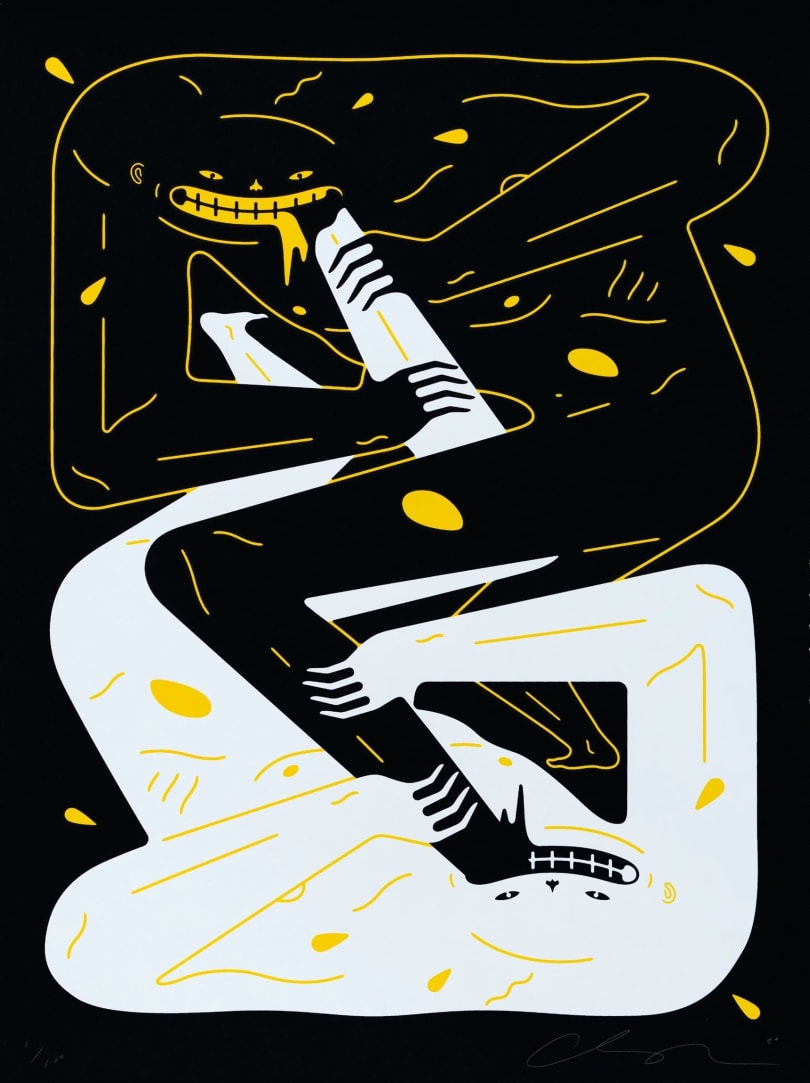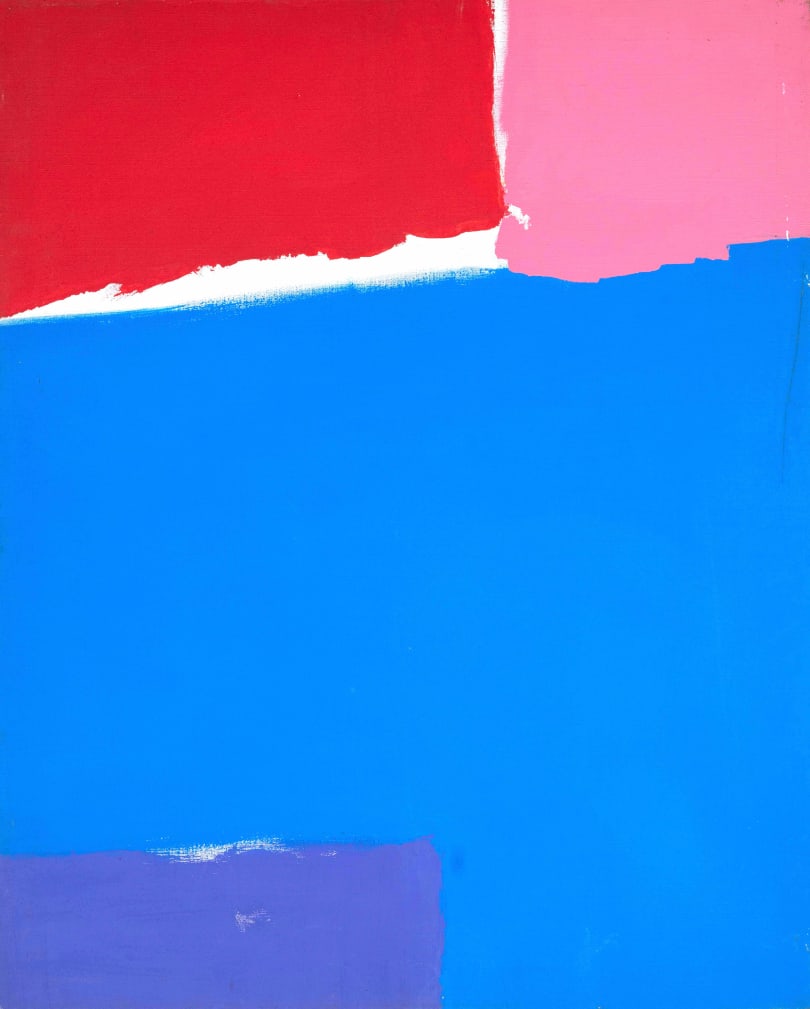
Fall of Barcelona
Category
PrintTechnique
LithographDate
1960Dimensions
71 cm x 103 cmMake an offer of
Artwork information
Category
PrintTechnique
LithographDate
1960Dimensions
71 cm x 103 cmSignature
Signed lower rightProof(s) of authenticity
Lithograph sold with a certificate of provenance issued by the Mourlot editionsState of conservation
Very goodFraming
NoLocation
Paris, FranceDescription
Lithograph printed by Mourlot in 1960. This printer's proof is signed and dated in the plate by le Corbusier.
This lithograph is sold unframed, however it is possible to buy it framed. Do not hesitate to contact us for more information, we are at your entire disposal.
Provenance
Mourlot's Collection
The artist

Bio
Charles-Édouard Jeanneret-Gris of his real name was born in La Chaux-de-Fonds in Switzerland on 6 October 1887. Coming from a family of craftsmen, he began training as an engraver-chiseler in 1900, but as he could only see with one eye, he was forced to abandon this manual discipline. This is how he turned to painting, however in 1904, his painting teacher told him that he was not talented enough and pushed him to take up decoration and architecture. The young Swiss man was soon under the spell of architecture.
During his youth, Le Corbusier travels a lot in Europe and North Africa, he is inspired by his various journeys in his creations. In 1914, he became self-employed and opened an independent architectural practice. For the first three years, his activity stagnated despite a few commissions.
In 1917, Charles-Édouard Jeanneret-Gris chose to settle in Paris in view of the major reconstruction needs caused by the First World War. He soon met a Parisian painter: Amédée Ozenfant. Together, they created "purisme", a very pure artistic genre opposed to cubism. The two artists founded "L'Esprit nouveau", an art and architecture magazine in which Charles-Édouard Jeanneret-Gris took the pseudonym "Le Corbusier".
His first firm went bankrupt, and he decided to join forces with his cousin Pierre Jeanneret to found another one. This firm would become his only workshop for the rest of his life.
Later, Le Corbusier became famous thanks to works describing his techniques and his vision of art. He put his theories into practice on many building sites, always combining aesthetics with functionality. One example is the Villa Savoye, built between 1928 and 1931 in Poissy, France.
Le Corbusier was also interested in furniture. With Charlotte Perriand, he imagined several pieces of furniture in a rather minimalist style: the famous "LC4" armchair, tables, chairs and sofas.
From 1928 onwards, Le Corbusier took part in the International Congress of Modern Architecture. In the Charter of Athens, Le Corbusier presented his designs of architecture.
In 1930, he became French and married Yvonne Gallis. The latter had a very positive influence on him.
After the Second World War, Le Corbusier proposed his "Unités d'habitation" and built the Cité radieuse de Marseille.
In 1950, he published "le Modulor", which presents a modern architecture based on the golden section.
Le Corbusier had a profound influence on the 20th century. 17 of Le Corbusier's buildings are now listed as UNESCO World Heritage Sites.
Le Corbusier died on 27 August 1965 at the age of 77.


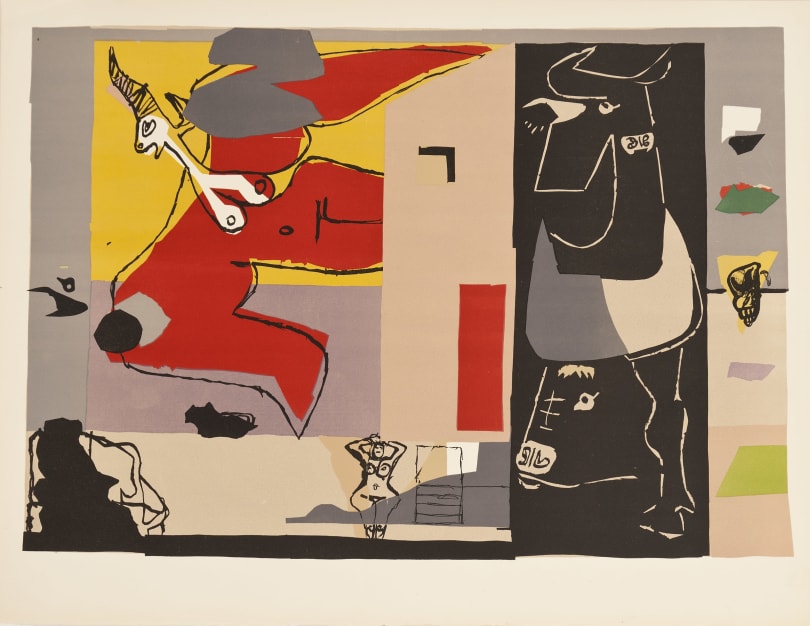

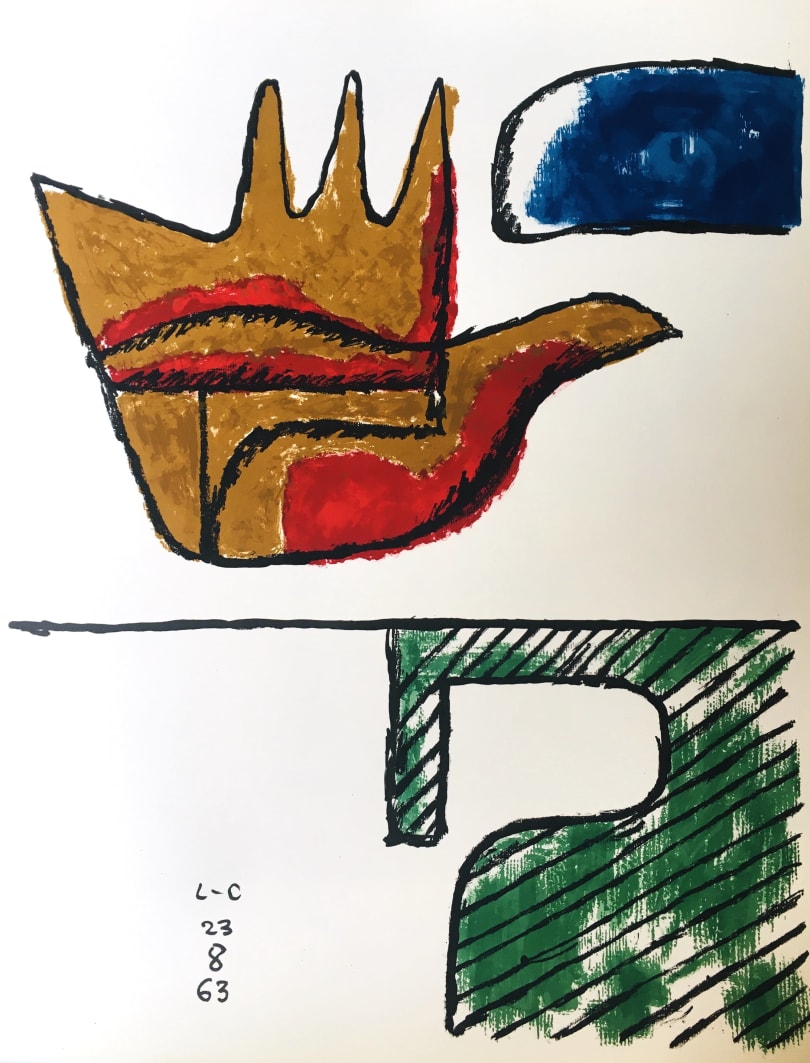








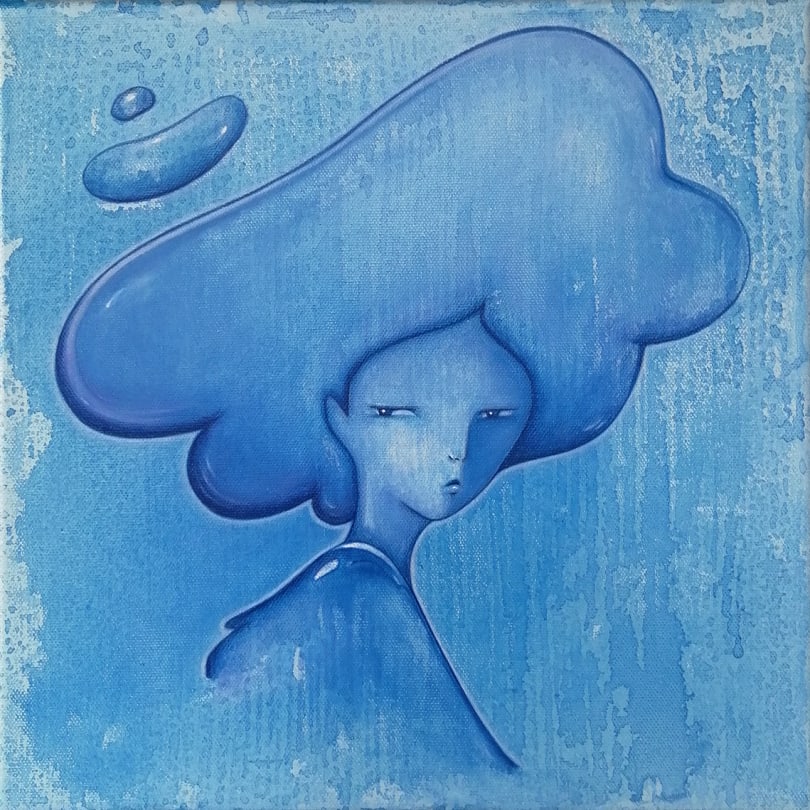



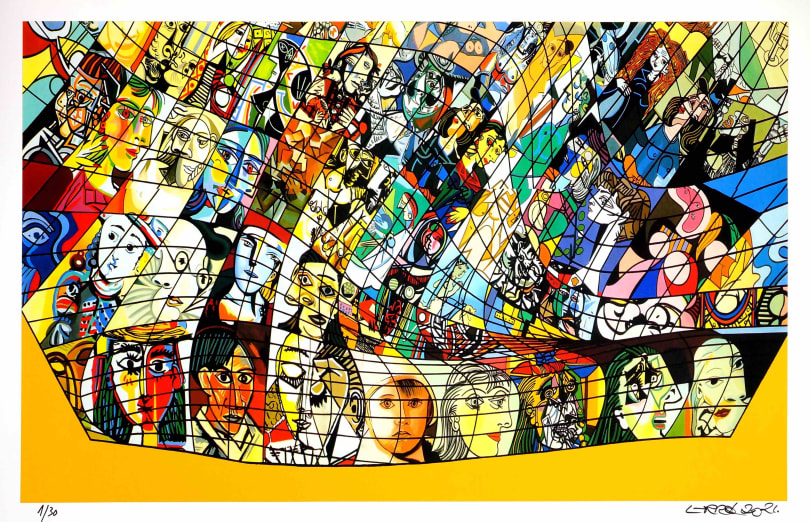
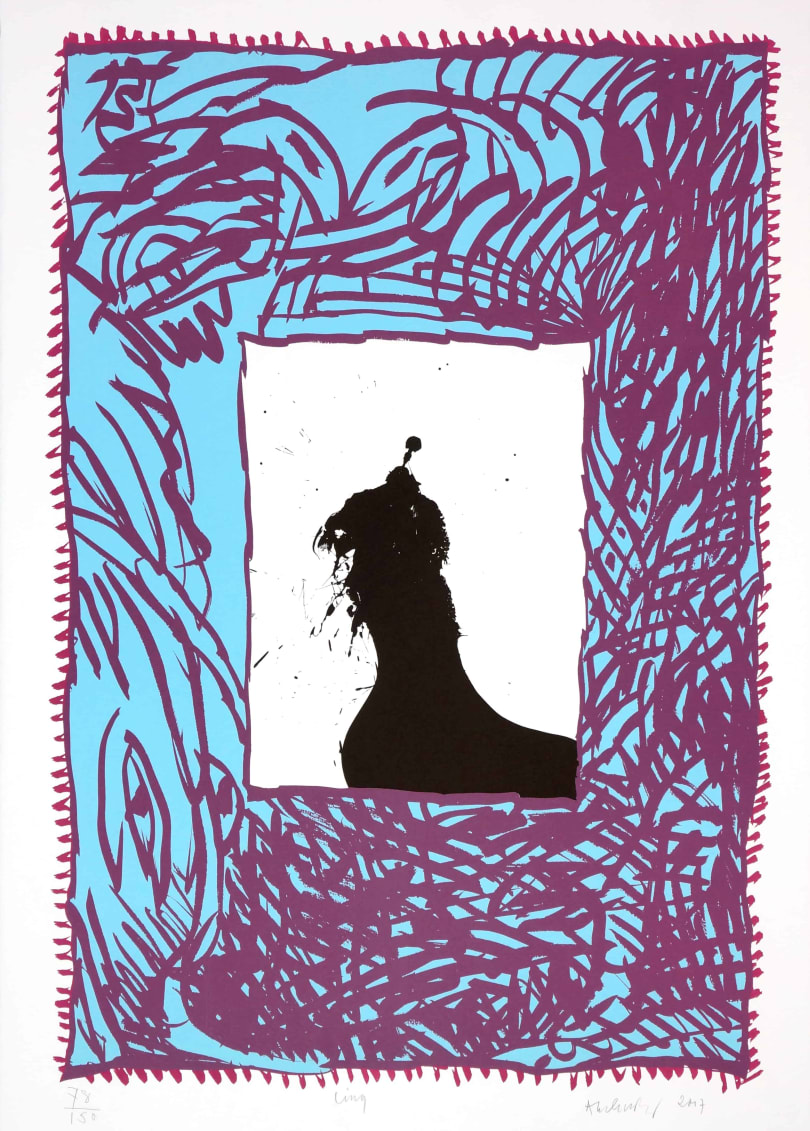







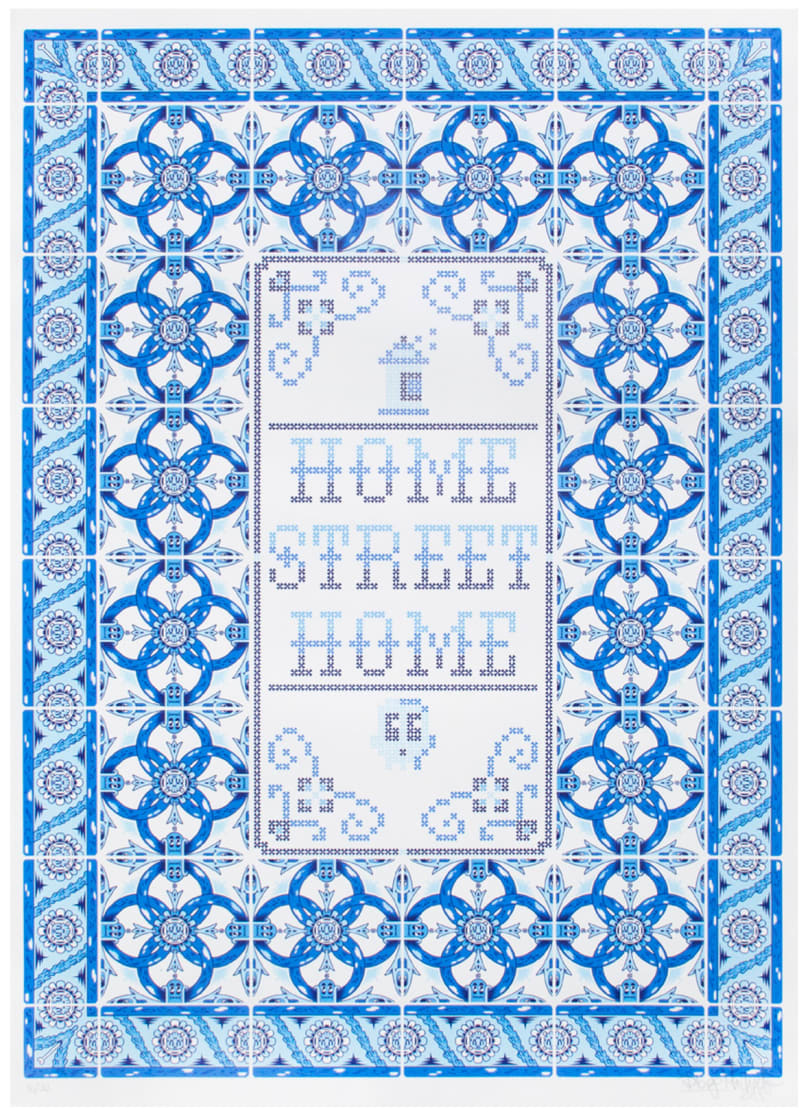






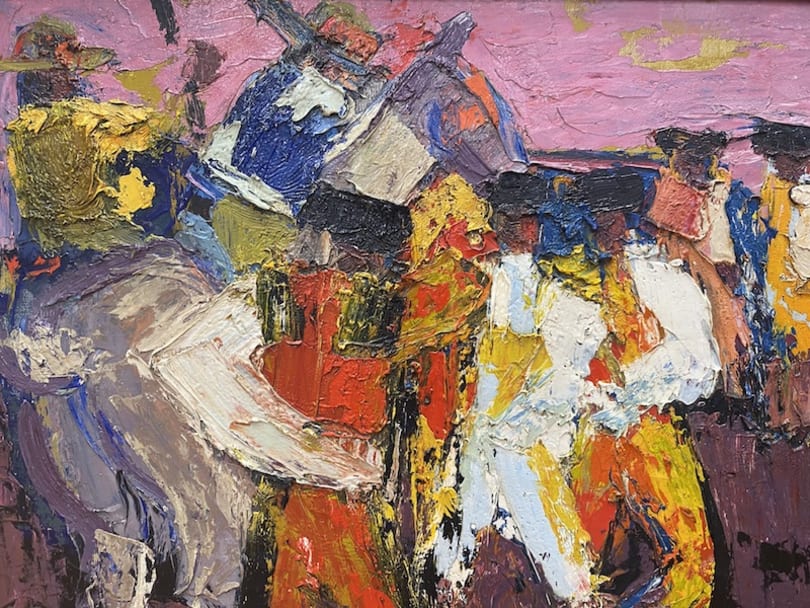
.jpg)


.jpg)





